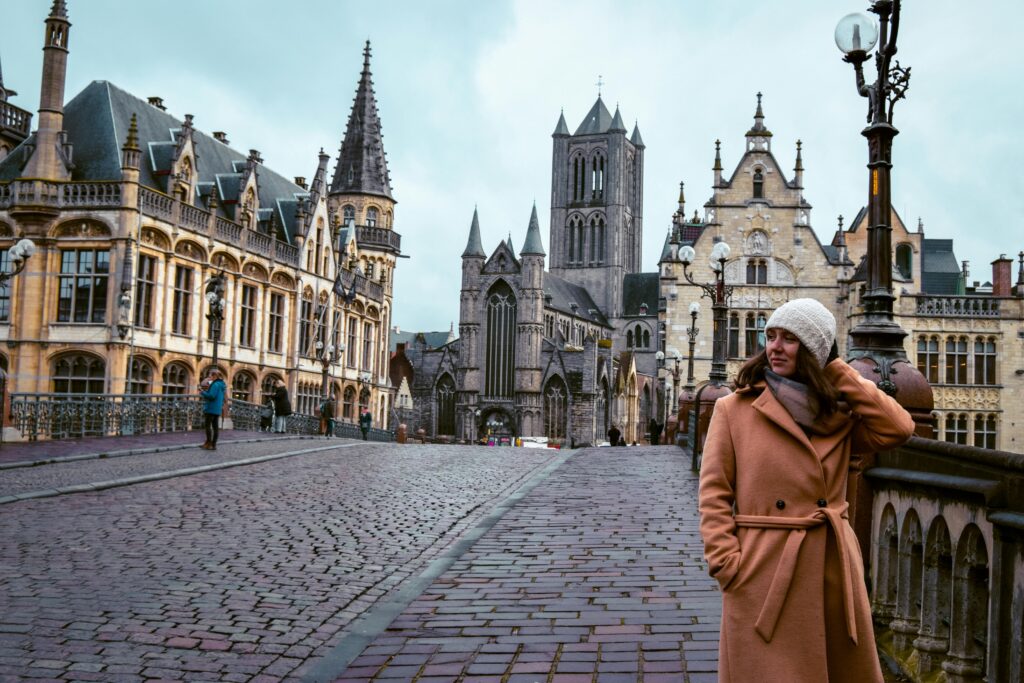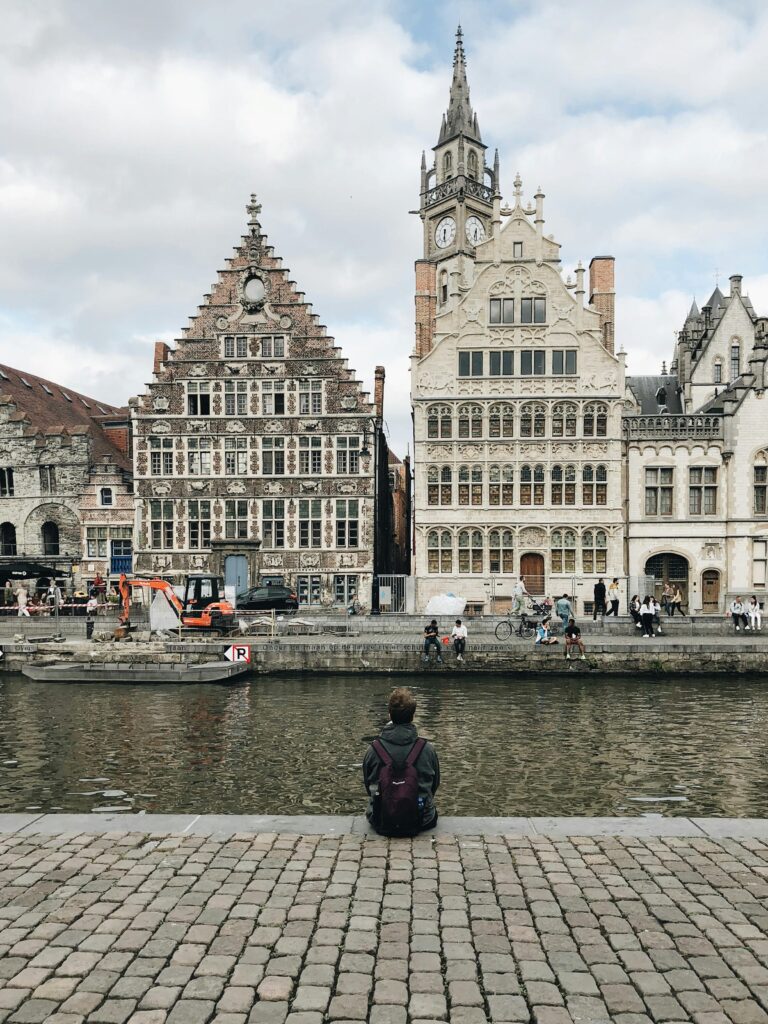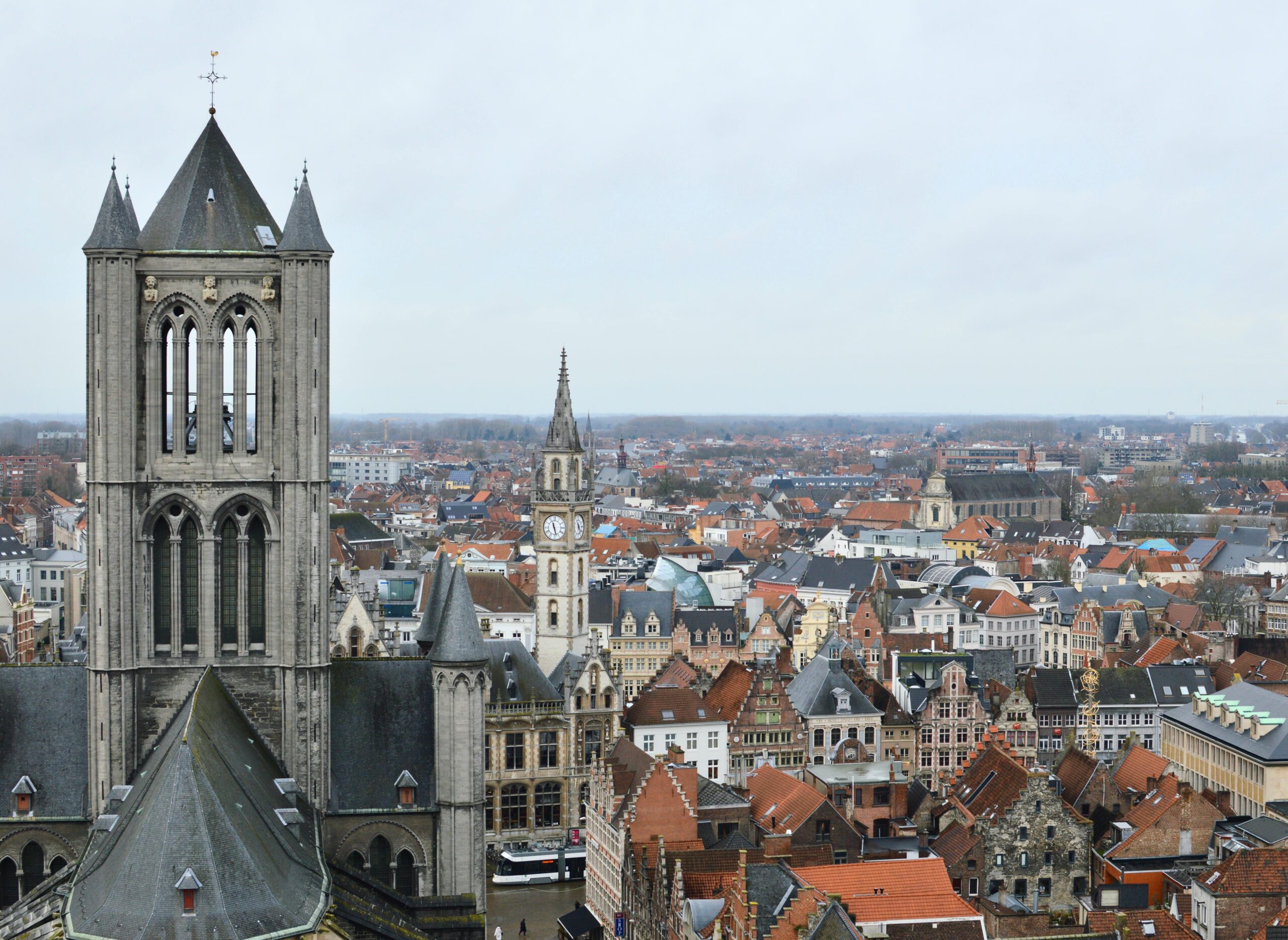Ghent, one of Belgium’s hidden gems, is famous for its stunning medieval architecture, vibrant arts scene, and picturesque canals. But as tourism continues to grow, the city is taking proactive steps to ensure it doesn’t fall victim to the problems of overtourism. Unlike cities such as Venice and Barcelona, which have struggled with an overwhelming influx of visitors, Ghent aims to strike a perfect balance—welcoming tourists while preserving the quality of life for residents.

Understanding Overtourism
Overtourism happens when the number of visitors surpasses a destination’s ability to manage them sustainably. This can lead to overcrowding, environmental degradation, and a decline in local quality of life. While tourism boosts the economy, unchecked growth can turn a once-charming city into a place overrun with tourists, losing its authenticity in the process.
Ghent’s Rising Tourism Numbers
Ghent has experienced a surge in tourism in recent years. In 2023 alone, the city welcomed around 1.5 million visitors, with its most popular attraction, the Castle of the Counts (Gravensteen), seeing a 17% increase in visitors compared to the previous year. The Belfry of Ghent also reported a 25% rise, reaching nearly 157,000 visitors. With such growing numbers, Ghent is determined to avoid the pitfalls that other European hotspots have faced.
How Ghent is Preventing Overtourism
To ensure a sustainable tourism model, Ghent has introduced several smart strategies:
1. Regulating Short-Term Rentals and Hotels
To prevent the city from being overrun by short-term rentals, Ghent has implemented a ban on new bed-and-breakfast establishments. In addition, a €6 tourist tax now applies to Airbnb properties. These measures aim to maintain a balance between local housing availability and tourism, preventing the unchecked spread of tourist accommodations that often push out long-term residents.

2. Prioritizing Overnight Visitors Over Day-Trippers
Ghent is actively shifting its tourism focus toward overnight visitors rather than day-trippers. The reasoning is simple—overnight guests contribute more to the local economy, spending an average of €163 per day, compared to just €81 for day-trippers. This strategy ensures that the city benefits from tourism without experiencing overwhelming daily congestion.
3. Spreading Tourism Beyond the Historic Center
One of Ghent’s key strategies is promoting attractions beyond its historic center. While the city center is undeniably beautiful, Ghent encourages visitors to explore areas such as the ‘Centre – Dampoort’ and the ‘Arts Quarter.’ This approach distributes the flow of tourists more evenly, easing pressure on hotspots while helping lesser-known neighborhoods thrive.
4. Involving Locals in Tourism Policies
Ghent recognizes that residents are crucial stakeholders in sustainable tourism. The city conducts regular surveys to gauge local opinions on tourism. While many appreciate the economic benefits, some express concerns about overcrowding and noise in key areas. By integrating this feedback into policymaking, Ghent ensures that tourism enhances—not disrupts—daily life.
How Ghent Compares to Bruges
Bruges, another famous Belgian city, faces much greater tourist density, averaging 27,500 visitors per day in its historic center. Ghent is learning from Bruges’ experience, ensuring it doesn’t reach unsustainable visitor numbers. By implementing its forward-thinking tourism policies now, Ghent hopes to maintain a vibrant, livable atmosphere for both locals and visitors alike.

Frequently Asked Questions
1. What is overtourism?
Overtourism happens when a destination receives more tourists than it can handle sustainably. This can lead to overcrowding, environmental damage, and dissatisfaction among both residents and visitors.
2. How is Ghent tackling overtourism?
Ghent is implementing smart regulations on short-term rentals, encouraging overnight stays, promoting alternative attractions, and engaging residents in tourism planning.
3. Why is Ghent prioritizing overnight visitors?
Overnight visitors contribute more to the economy while causing less congestion compared to day-trippers, making tourism more beneficial and manageable for the city.
4. How can tourists support sustainable travel in Ghent?
Visitors can explore less crowded neighborhoods, respect local customs, choose eco-friendly accommodations, and visit during off-peak seasons to help keep Ghent a livable and charming destination.
By taking these proactive measures, Ghent is setting an example of how cities can balance tourism growth with local well-being. The city’s commitment to sustainable tourism ensures that future generations will continue to enjoy its unique charm without the drawbacks of mass tourism.
Sources Bloomberg


